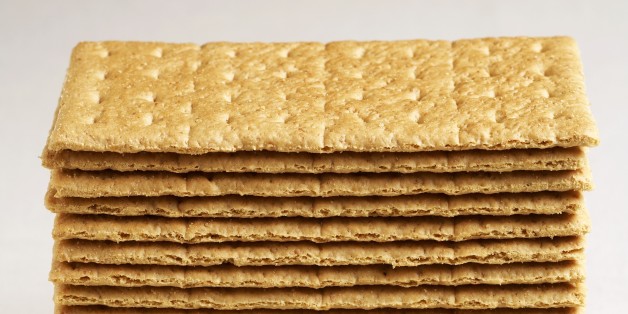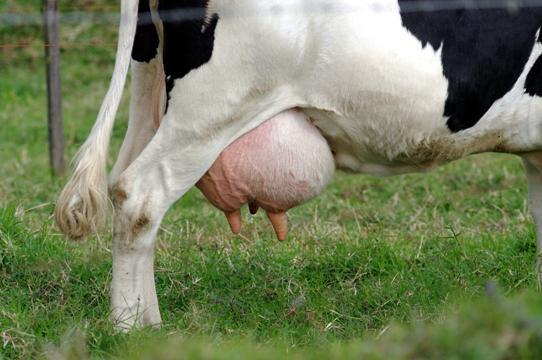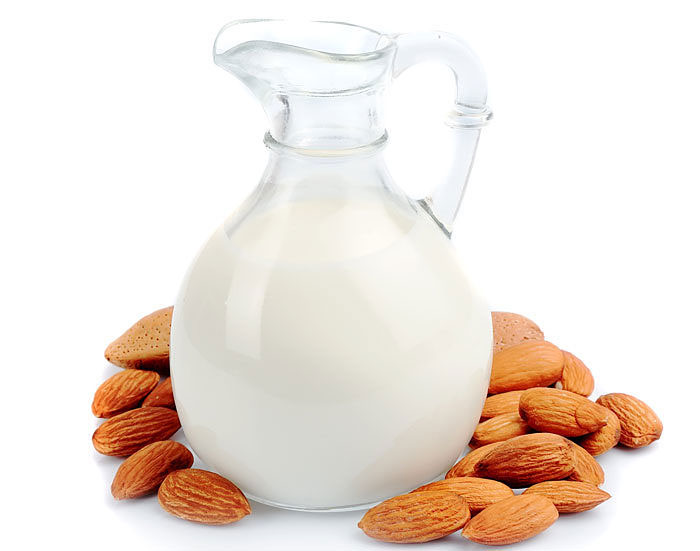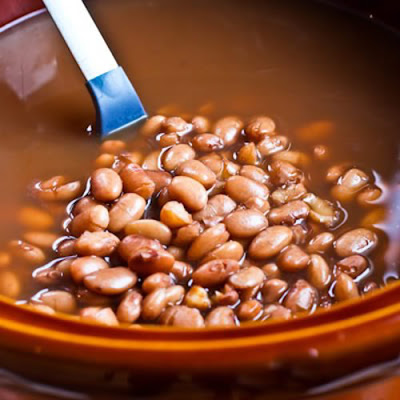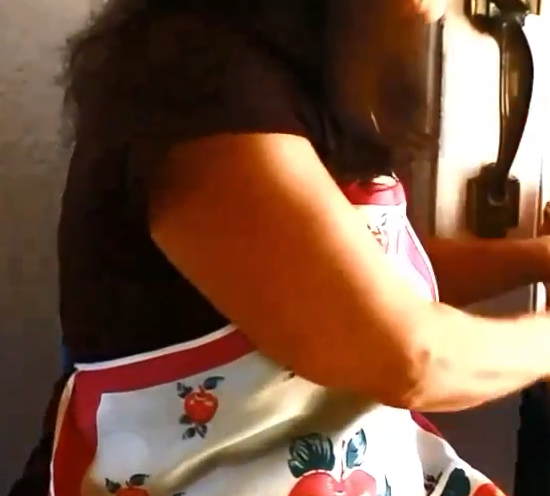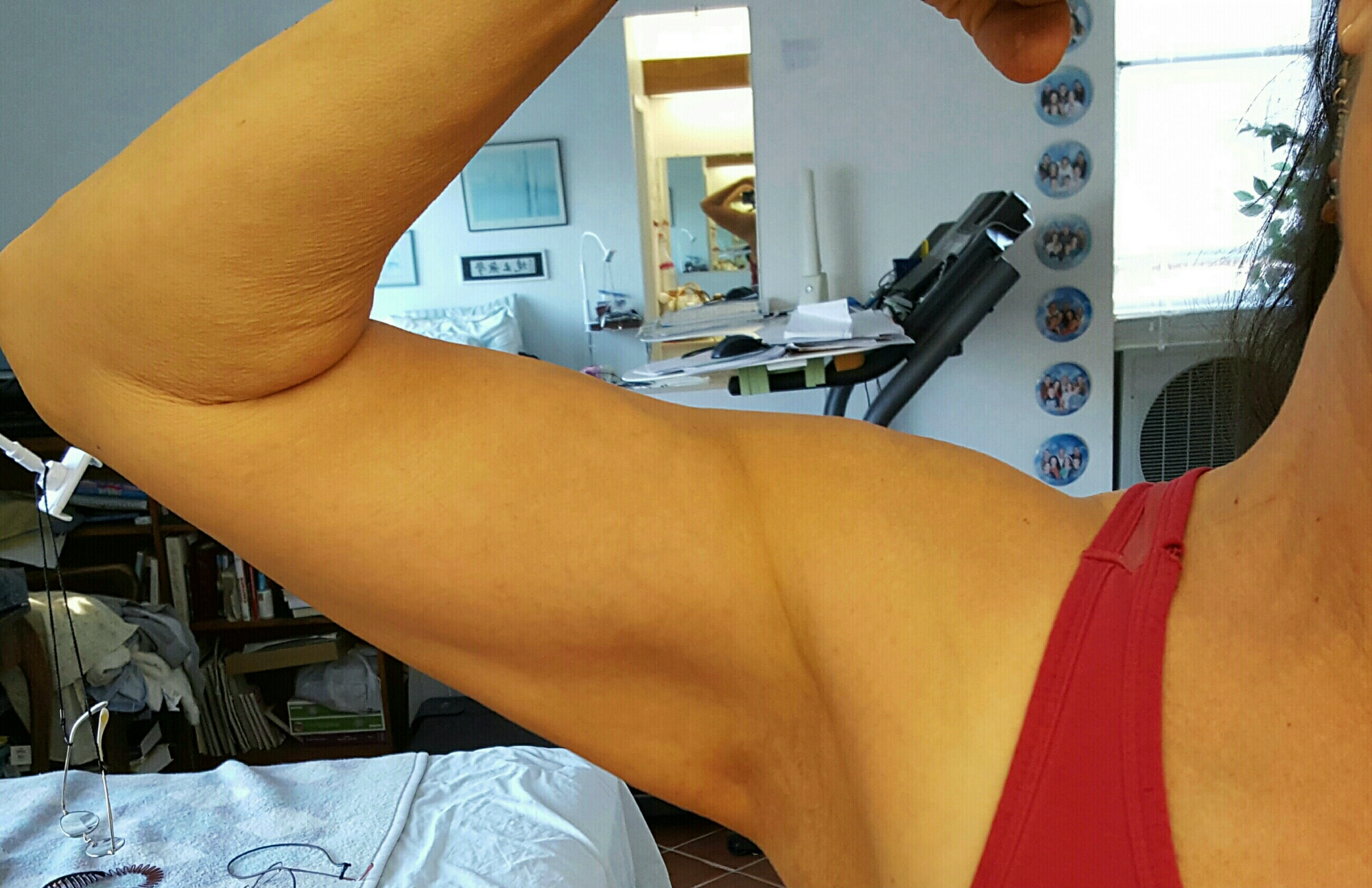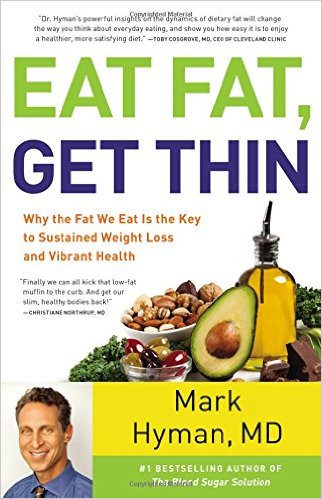
This morning I was checking out Amazon reader reviews of Dr. Mark Hyman’s book: EAT FAT, GET THIN… (boy, don’t we all wish that were true! 🙂 )
I was pleasantly surprised to come across a recent (one star out of five) review submitted by Dr. T. Colin Campbell, Professor Emeritus of Nutritional Biochemistry at Cornell University, the author of The China Study & consultant to the PlantPure Nation Jumpstart program, which I am starting soon.
Take a look…
A Seriously Misguided Path To Health
By T. Colin Campbell on March 23, 2016
This book is a major but not surprising disappointment. It is yet another book in a series of books that relies on a blatantly false assertion, namely, that fat is good, not bad.
Dr. Hyman claims that he is attempting to break the so-called myth told during recent decades that fat is bad. To support the nobility of his efforts, he quotes John Kennedy’s wise words “for the great enemy of truth is very often not the lie—deliberate, contrived, and dishonest—but the myth—persistent, persuasive, and unrealistic. Too often we hold fast to the clichés of our forebears.”
Myth-buster Hyman’s claim that fat is good, not bad, is the principal basis for this entire book. This same theme has been used many times in other so-called low-carb books, mostly starting with Dr. Atkins first book published in 1973. Hyman’s bold assertion is so important that, if wrong, the book’s main message—and that of similar books—falls apart. His first chapter is titled “How did we get into this big fat mess?” then continues his second chapter titled “Separating fat from fiction”.
Hyman claims that since 1970, government authorities and their industry comrades have repeatedly told us to decrease fat consumption because it is bad. We listened, so he says, and we tried that experiment, only to learn, sadly, that it doesn’t work. We got fatter and fatter, sicker and sicker with this low fat diet. Instead, we increased consumption of sugar and other refined ‘carbs’ and it is this gluttonous consumption of carbs that has caused our health problems, thus giving rise to the advice to use low carb diets.
Hyman says in the book’s second page that we “reduced fat in our diet from 43 percent to 33 percent of calories and cut back even more on saturated fat.” Notably, he gives no reference for this claim. Accordingly, we got “sicker than ever, with the percentage of people getting heart disease increasing” while “type 2 diabetes and obesity rates around the globe skyrocketed.”
Although it is true that type 2 diabetes and obesity have increased in recent decades and although it is true that too many misguided agencies and other parties have waved the low fat flag much too vigorously, I know of no reliable evidence that dietary fat decreased from 43% to 33% of total diet calories, from 1970 onwards, as Hyman and his colleagues are claiming. We NEVER experimented with low fat diets. According to the U.S database on food consumption trends from 1970 to 2000 <[...]>, “total caloric sweeteners” increased by 23%. But “added fats/oils” increased even more, by 39%, exactly opposite Hyman’s claim. It’s true that this modest increase in consumption of caloric sweeteners shifted to corn-based sweeteners, but it is debatable how much specific effect on diabetes and obesity occurred, compared with other sweeteners. But please keep in mind this: we DID NOT EXPERIMENT WITH LOW FAT DIETS. Our diets have been consistently high in fat for the past 50-100 years, especially becoming worse during the past 50 years.
Sticking with his stubborn but FALSE CLAIM about our so-called experiment with low fat diets, Dr. Hyman then searches for evidence to support this claim. Based on my experiences as an experimental researcher for most of my 60-year career (professional reviewer of research grant funding applications of fellow researchers and writing and reviewing research manuscripts for publication), Hyman’s attempt to support his discussion with lots of references does not meet the test of professionalism. He has had no experience with experimental research and no research publications—his is obvious. His attempt to include references, at best, is cosmetic. I decided to check out some of his references—he invited the reader to do so—and, among his first ten very assertive statements on the health value of fat that he highlights, most of his citations are either too narrow in scope for his grand statements and/or they are unrelated to his claim.
Virtually everyone in science accepts the evidence showing that refined carbohydrates—especially simple sugars—are unhealthy. But to claim that increased rates of obesity, diabetes and heart disease among others from 1970 to 2000 is due to an increasing consumption of ‘carbs’ and not to an even greater increased consumption of added fats and oils, is wrong, disingenuous and harmful to our society. At a minimum, it is a gross misrepresentation, being more suitable for a case of malpractice, were there such a mechanism for establishing such an allegation.
Adding further insult to injury is Dr. Hyman’s recommendation to consume 4-6 ounces of protein for each meal, thus yielding 12-18 ounces of protein per 3-meal day (i.e., 336-504 g protein/day). I understand that he probably is assuming protein to be the same as meat (like many other people), but this is a very superficial comment rarely, if ever, spoken by experienced scientists. This is clearly incorrect, for it would mean 1344-2016 calories provided by protein.
It should also be noted that virtually all commentary by low carb enthusiasts like Hyman refers to a so-called low fat diet as being about 25-30% fat. This is not the level of fat in diets of whole plant based foods (10-15% fat) that reverses (i.e., cures) serious diseases like heart disease and diabetes rather quickly for nearly everyone. Unfortunately, except for a couple of notable studies of Drs. Esselstyn and Ornish, none of the thousands of human studies of the last half century have included subjects using this diet. Thus, Hyman’s reference to so-called low fat diets in the scientific literature is false.
Mark, you are committing several serious offenses when referring to the scientific literature. You are wrong about claiming that we experienced a low fat experiment in the recent 3-4 decades—we did not. You are wrong that our higher rates of disease in recent decades are solely attributed to our increased consumption of sugar and other refined carbohydrates that somehow also support recommendations against the consumption of whole grains. You are wrong about recommending such a high intake of protein—you ignore the ability of animal-based protein to increase serum cholesterol and cardiovascular disease, to enhance experimental cancer development, to associate with major cancers in human population studies, and to increase risk for osteoporosis, among other ailments. All of these effects, some direct, some indirect, are buttressed by a symphony of biologically plausible mechanisms.
You say that you get some impressive results with your patients but I suggest that, at best, this is only short term results. If you examine lifetime experiences with diet and various chronic diseases, we see really impressive positive associations of animal based foods and disease risk and there is no way to ever see the opposite, i.e., high animal-based protein and low disease risk.
These several claims of yours are grievously false. They further confuse the public and do an enormous disservice to the future of medical practice, the cost of health care and the health of our planet. What is your motivation for advancing such nonsense?
I think you know why I call you by your first name; some have told me that you have referred to yourself as a student of mine. You were a student, about 30-plus years ago, as an undergraduate in my upper class course in nutritional biochemistry at Cornell although I did not personally know you in that large class of about 175 students. It is disingenuous to refer to yourself as my student—that kind of reference refers to graduate students who spend several years working in the laboratory of their mentors. I am disappointed that you did not take away something of value (although this was before my research group had fully made the connection between plant based diets and disease) because I would have hoped that you would have had at least a semblance of basic nutrition to help build your career in medicine. I regret that you could not have been my graduate student, eventually to recognize the reasons why science does not support either the use of nutrition supplements or the concept of functional medicine, which I consider to be only a platform to further that awful concept called polypharmacy..
I must be candid and rate your book as a failure and I do not want this to infer a personal failure. More importantly, it is a failure for our fellow citizens and I do hope that you might do some more study and inform yourself what the idea of reliable science really means. You are an engaging personality and you could have much to offer. The world needs a nutrition-oriented solution to its health care problems.

